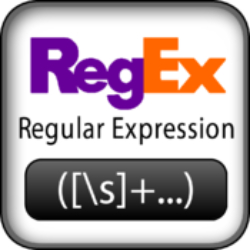Most Formal Languages and Automata Theory courses explore the duality between computation models to recognize words in a language and computation models to generate words in a language. For students unaccustomed to formal statements, these transformations are rarely intuitive. To assist students with such transformations, visualization tools can play a pivotal role. This article presents visualization tools developed for FSM -- a domain-specific language for the Automata Theory classroom -- to transform a finite state automaton to a regular expression and vice versa. Using these tools, the user may provide an arbitrary finite-state machine or an arbitrary regular expression and step forward and step backwards through a transformation. At each step, the visualization describes the step taken. The tools are outlined, their implementation is described, and they are compared with related work. In addition, empirical data collected from a control group is presented. The empirical data suggests that the tools are well-received, effective, and learning how to use them has a low extraneous cognitive load.
翻译:暂无翻译




